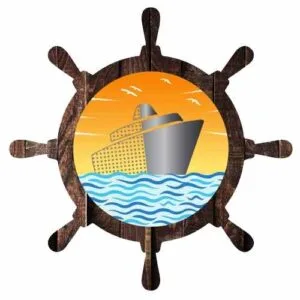LGTF Exit Exam Questions 2025
LGTF Exit Exam
The LGTF Course is a 5 day mandatory training program for seafarers. After completing this course, candidates must take the LGTF Exit Exam to qualify to sail on LNG and LPG Carrier. Without LGTF Course, you do not get the Basic Gas DCE which is another necessary document required to sail on the gas carrier.
The LGTF Course Exit Exam consists of 30 multiple-choice questions, and the exam duration is 30 minutes. Each question carries 1 mark, and candidates must score at least 15 marks to pass the exam.
What Topics Are Covered in LGTF Exit Exam Questions?
-
The LGTF Exit Exam questions are generally based on the core areas of the course, including:
-
Liquid Cargo Handling Operations
-
Tanker Safety Procedures
-
Cargo Pumps and Piping Systems
-
Pollution Prevention (MARPOL Requirements)
-
Firefighting and Emergency Procedures on Tankers
-
Personal Protective Equipment (PPE) and Safety Practices
- International Conventions and Codes (SOLAS, MARPOL, ISGOTT)
Students should practice these topics thoroughly to pass the LGTF Exit Exam.
LGTF Exit Exam Questions
We have searched the LGTF PYQs and selected the most commonly asked questions in the LGTF Exit Exam. This exam will help you to clear the Exit Exam.
